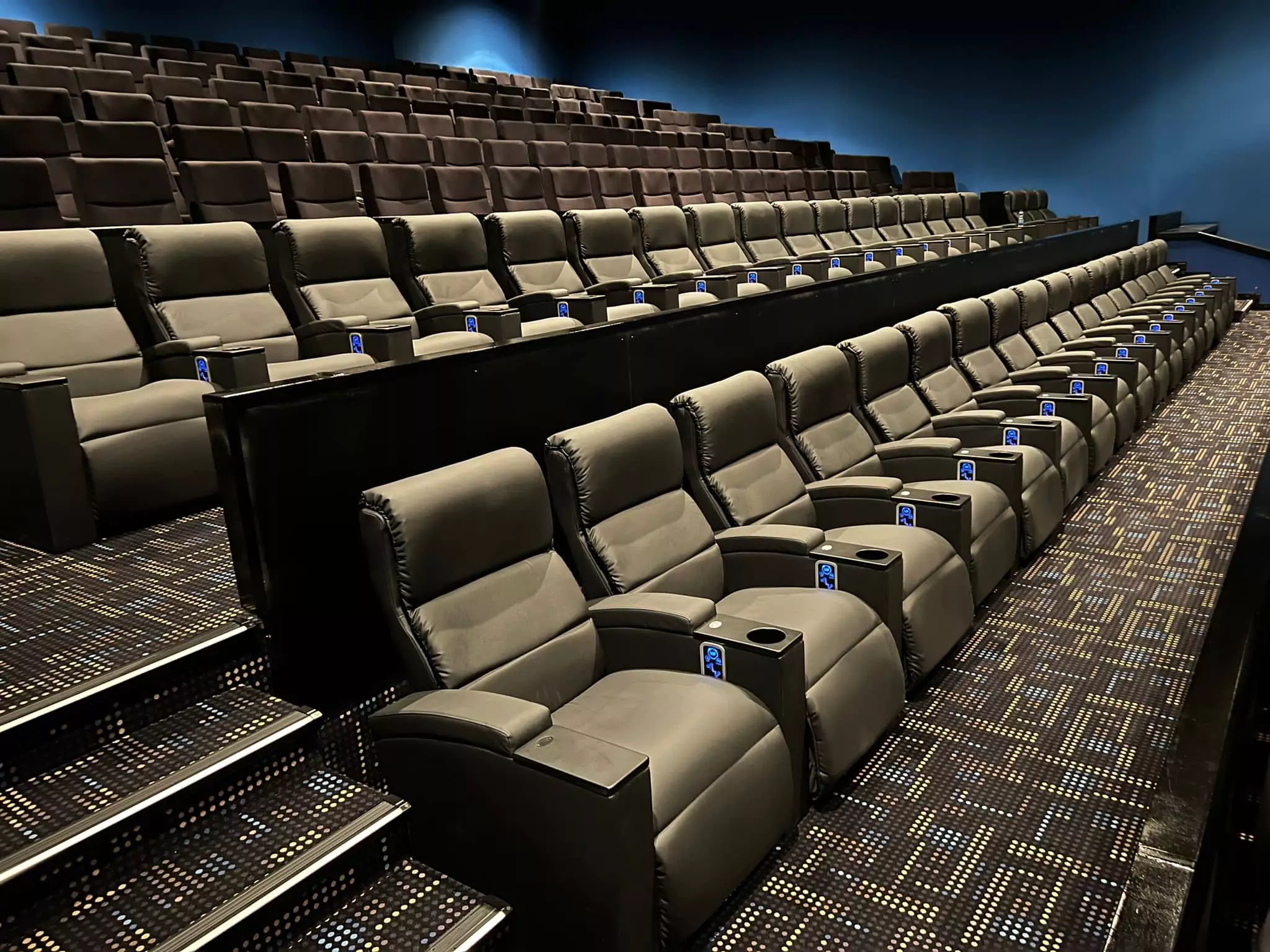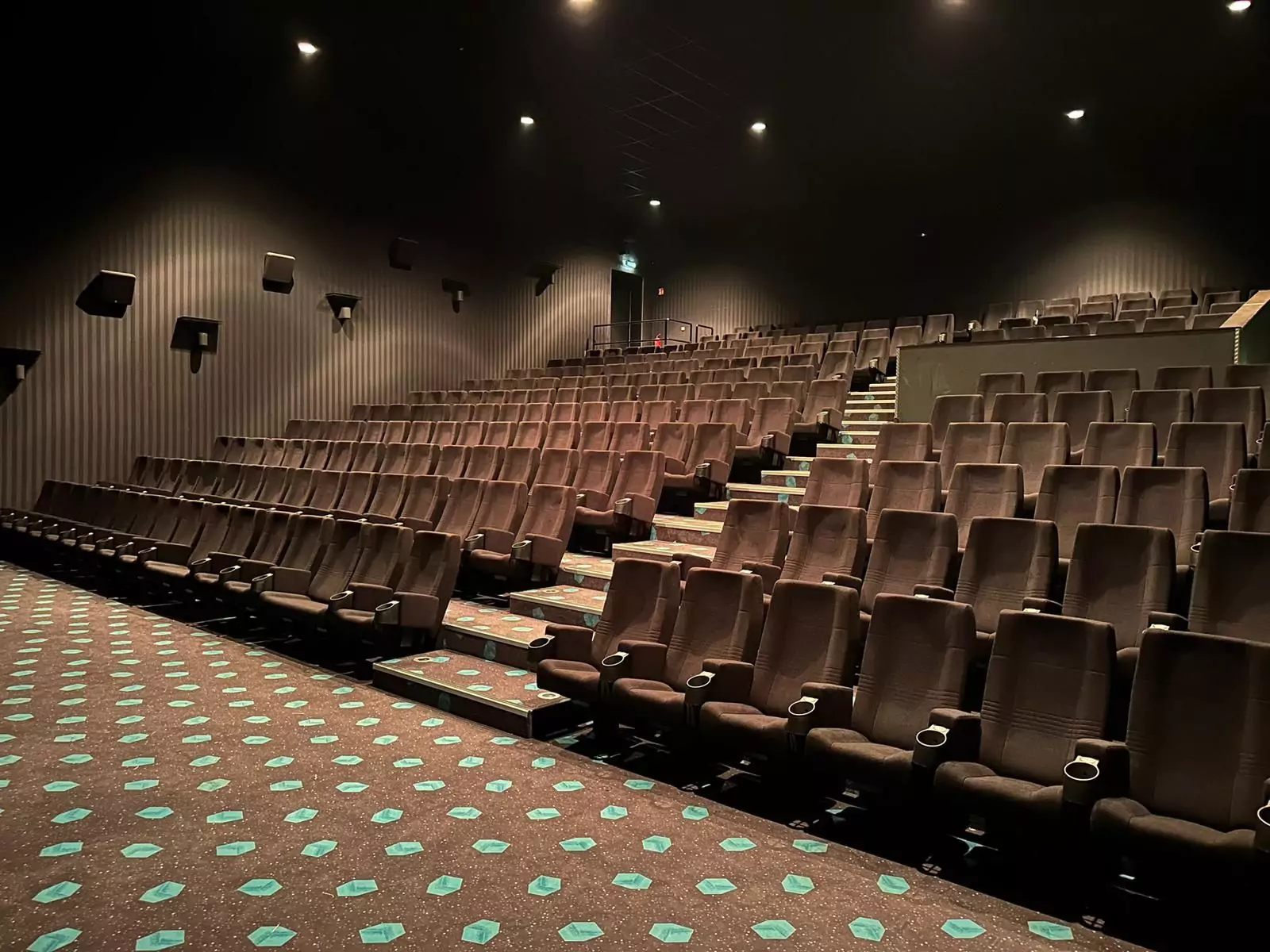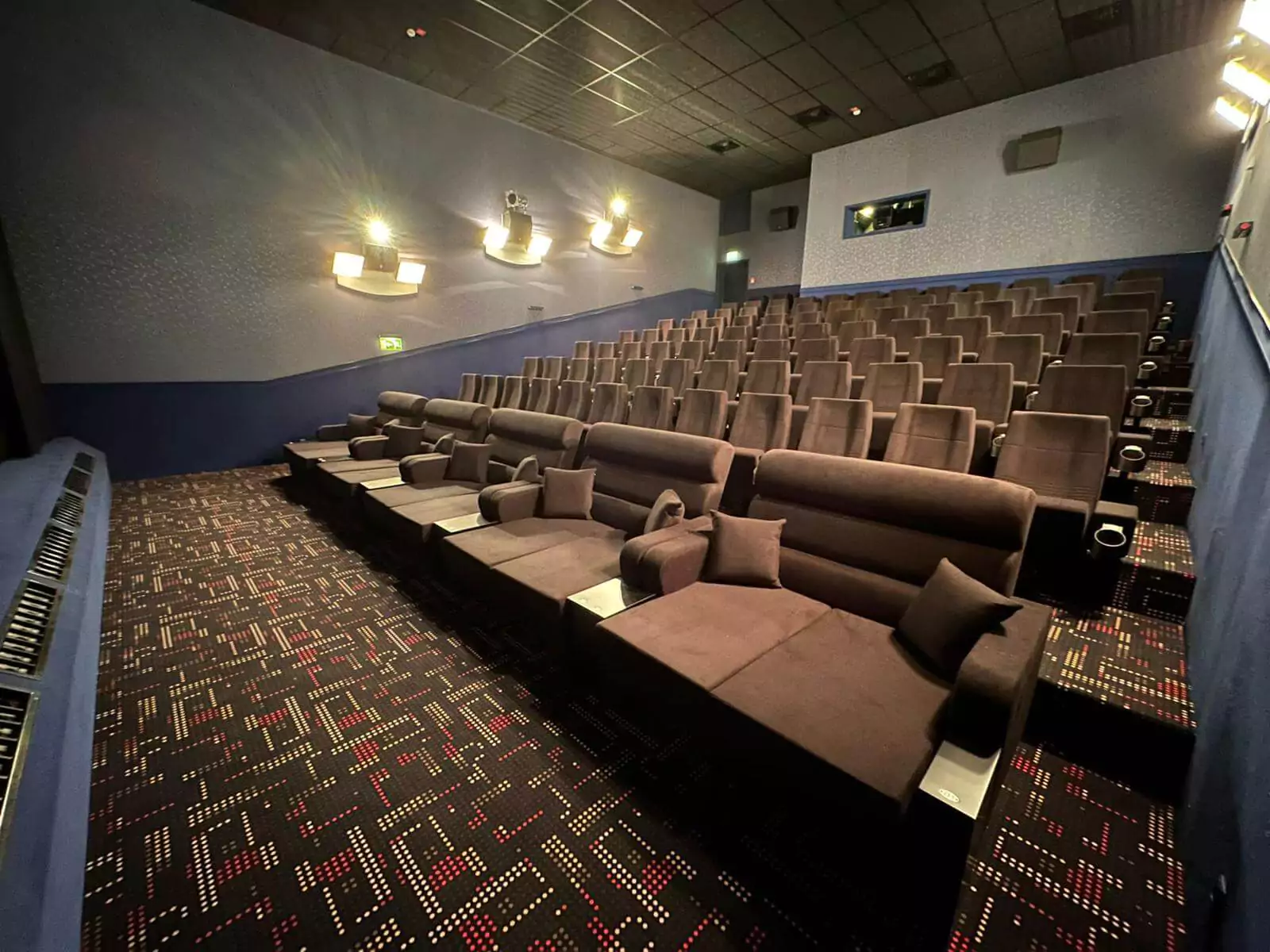The Architecture of Cinema Spaces
The Architecture of Cinema Spaces: How Design and Seating Define the Modern Movie Experience
Every great film deserves a space worthy of its story. From the shape of the auditorium to the softness of the seat, the design of a cinema is not just about aesthetics but emotion. It determines how sound travels, how light feels, and how the audience connects to what unfolds on screen.
At the heart of every successful theater design lies a simple truth: architecture and seating are inseparable. The way a cinema is built, and the way its chairs are placed within that structure, decide how deeply people experience the art of film.

The Theater as a Living Space
A cinema is a living organism. Its shape, acoustics, and materials interact with every viewer. The curve of the walls, the slope of the floor, and the distance between rows all contribute to the rhythm of the experience.
In modern cinema design, seating is no longer a passive element but an architectural feature. The placement, scale, and design of each cinema seat are carefully calculated to align with sightlines, sound distribution, and audience flow.
This holistic approach transforms theaters from simple viewing rooms into architectural symphonies of comfort and storytelling.
The Geometry of Emotion
Every cinema has geometry. Architects and designers work with angles, proportions, and patterns to shape how people see and feel. The height of the screen, the incline of the seats, and the spacing between them define the intimacy or grandeur of the experience.
In Turkey, where cinema construction and seating manufacturing often go hand in hand, designers study the geometry of comfort as a science. Every millimeter matters. A slightly steeper incline improves visibility. A softer curvature on the backrest enhances relaxation. Together, they create a physical rhythm that mirrors the emotional rhythm of the film.
The Role of Seating in Cinematic Architecture
In traditional theaters, seating was an afterthought. Today, it is the foundation. Modern cinema seats are designed as architectural components, contributing to both the visual and functional identity of a space.
Premium recliners, for example, require more floor space but offer higher value per visitor. Their inclusion influences ceiling height, lighting strategy, and even HVAC layout. Designers and manufacturers must therefore collaborate closely to achieve harmony between form and function.
In Turkish and European projects, this integration has become a defining characteristic of contemporary cinema design.
Materials and Atmosphere
Architecture speaks through materials, and cinema seating does too. The tactile feel of fabric, the tone of the upholstery, and the reflection of light on surfaces shape the atmosphere of the theater.
Dark, matte finishes absorb light and create focus, while rich leathers or textured textiles bring a sense of intimacy. Every material choice carries both aesthetic and sensory weight.
In Turkey, material innovation has become a key advantage. Manufacturers experiment with eco-friendly textiles, high-resilience foams, and sustainable composites that perform beautifully while minimizing environmental impact.
Sound, Silence, and Space
The design of a cinema is as much about silence as sound. Seating plays a critical role in acoustic performance. A good chair absorbs unwanted vibrations while maintaining sound clarity. Too soft, and the sound loses presence. Too hard, and echoes disrupt immersion.
Modern cinema seating integrates acoustic control into its structure, using layered foam densities and sound-absorbing fabrics. This ensures that the emotion in every note and whisper reaches the audience precisely as intended.
Lighting and Visual Harmony
Lighting is the soul of cinema architecture. The way light flows across rows of seats, the glow of LED accents under recliners, and the subtle reflections of upholstery all affect the audience’s perception of space.
Designers now use cinema seating as part of the lighting composition. LED-integrated cup holders and floor lights guide movement without distraction, blending technology and atmosphere seamlessly.
This subtle choreography of light and shadow makes entering a modern cinema feel like stepping into a dream.
Cultural Sensitivity in Design
Across Europe and the Middle East, cultural expectations shape how cinemas are designed. In the Gulf region, opulent recliners and luxurious materials reflect hospitality traditions. In Europe, understated elegance and minimalism define the aesthetic.
Turkish manufacturers, with their blend of European design discipline and Middle Eastern warmth, stand uniquely positioned to cater to both. They create seating systems that speak multiple design languages while maintaining a consistent focus on comfort and quality.
Sustainability as a Design Principle
The future of cinema architecture depends on responsibility. Turkish and European producers are leading the shift toward sustainable design, using recyclable materials, energy-efficient production, and durable constructions that reduce waste.
This sustainable mindset aligns architecture and seating under one purpose: to create beautiful spaces that endure both culturally and environmentally.
The Future of Integrated Cinema Design
As technology advances, the line between architecture and furniture continues to blur. Smart recliners, modular seating layouts, and adaptive lighting systems are transforming how theaters are built.
Tomorrow’s cinemas will be intelligent environments that respond to movement, temperature, and sound. The seating will become part of the building’s sensory system, designed not just to support people but to engage them.

The Space Between Story and Stillness
A great cinema is not only defined by its screen but by the space that surrounds it. The walls, the seats, the silence — all of these elements create the emotional frame of the experience.
Across Europe, the Middle East, and beyond, cinema design is evolving into an art of emotional architecture, and seating is its most personal expression. It is where design meets feeling, and where the story begins before the lights go down.
Because the true architecture of cinema is not just about buildings. It is about the comfort that lets imagination come alive.
Created By : Simko Cinema Seating

